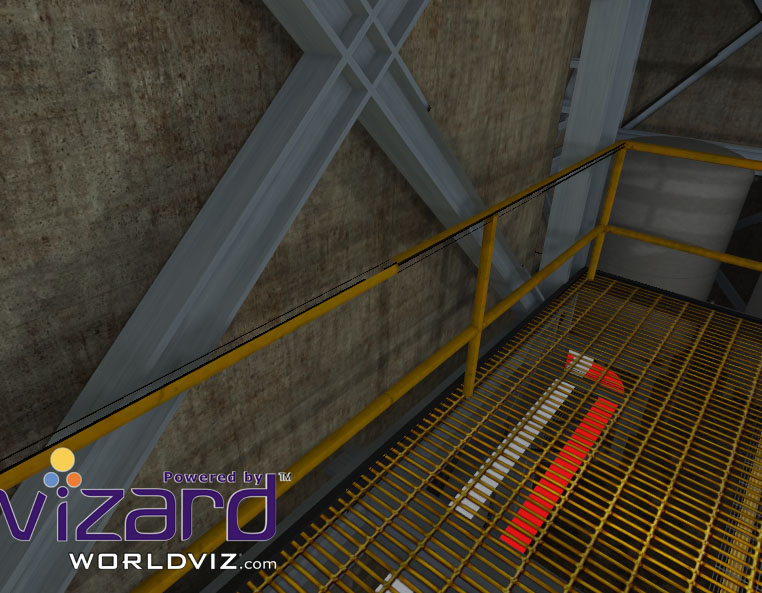
 |
|
|||||||
 |
|
|
Thread Tools |
Rating: 
|
Display Modes |
|
#1
|
|||
|
|||
|
Light Baking in 3DS Max causing models to render with seams and transparent faces
After Lightbaking, my models inside of Vizard seem to have dark texture seams, and parts of the models become transparent.
I am creating my models and applying textures in Maya. I then import those models in to Max using the .fbx file format. If I export from Max as an .osgb into Vizard, all the models are being drawn just fine (although unlit.) After doing a Render to Texture light bake using Mental Ray, I get errors inside of Vizard using the same .osgb export settings. I have concluded the following 1. My models and materials from Maya are fine. 2. Exporting from 3ds Max before any light baking is fine. 3. Baking Lights in 3ds Max causes models to render badly Possible Issues - My shell materials have become messed up and I need to remake/reset them - The materials I end up with from my Maya to Max workflow do not play with Mental Ray - Not enough Texture Space on the Light Map for proper rendering in Vizard - Incorrect Render to Texture/OSGB export setttings Here are some pictures and settings. Unlit and Unbaked Railing with no Problems  Lit and Baked Railing with Seams and unwanted Transparency (I'm letting Render to Texture layout my UVs. A lot of wasted space)  Render to Texture Results Light Map Render to Texture Settings 
|
|
#2
|
|||
|
|||
|
Hi dproeder,
Transparency: Check whether your baked textures have an alpha channel. Alpha is automatically picked up by Vizard as transparency when used as a diffuse texture. If this is the case, change your texture output settings to prevent an alpha channel from being created when baking textures. If you are baking transparent objects as well, bake only those with transparency enabled. Bad Unwrap Spacing: I have the same complaint actually. Use the attached Maxscript instead to automatically unwrap the selected objects instead of using the one in Render to Texture. Mental ray can have issues with thin and small UV islands. If an island would render smaller than a pixel wide (before any padding) Mental Ray deems it unimportant and fails to render it. Normally it wouldn't matter, because the padding would compensate. Unless something has been changes since I last checked, your options are: 1. Use a larger texture size 2. Use more supersampling 3. Keep detailed objects or parts of objects separate from objects with large flat areas and only give a higher resolution to just these special objects. 4. Switch to a 3rd party renderer that does not have this problem (eg. VRay, which is what we use). Both 1 and 2 greatly increase the time and RAM needed to render a map. 3 uses 1 & 2, but is more targeted. 4 can be expensive but can save enough time/headaches to be worth it. |
 |
|
|